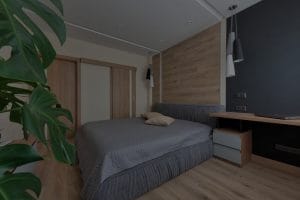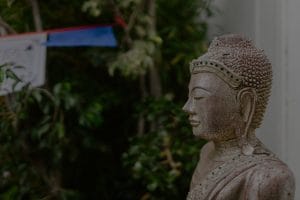**Abstract:** Discover how to create a serene meditation space using Feng Shui items, enhancing tranquility and mindfulness. Transform your environment into a sanctuary for peace and reflection.
Understanding Feng Shui Principles
Feng Shui, an ancient Chinese practice, emphasizes the connection between our surroundings and our inner selves. The core principle is to create a harmonious environment that promotes positive energy flow, known as “Chi.” By understanding the basics of Feng Shui, you can enhance your meditation space. Start by assessing the layout of your room, ensuring that it is free from clutter and distractions. This clarity allows for a smoother flow of energy, fostering a tranquil atmosphere ideal for meditation.
Selecting the Right Location
The location of your meditation space plays a pivotal role in its effectiveness. Ideally, choose a quiet corner of your home, away from high-traffic areas. A space with natural light and a view of nature can significantly enhance your meditation experience. In Feng Shui, it’s essential to avoid placing your meditation area directly in line with the door; instead, position it diagonally for a sense of security and openness. This placement encourages a peaceful mindset, allowing you to delve deeper into your meditation practice.
Incorporating Natural Elements
Integrating natural elements is vital in creating a calming meditation space. Feng Shui promotes the use of wood, water, fire, earth, and metal to balance energy. Consider adding plants, which not only purify the air but also bring life and vitality into your space. A small water feature, such as a fountain, can introduce soothing sounds and promote relaxation. Additionally, earthy colors and textures can ground your space, making it feel more inviting and serene.
Choosing the Right Feng Shui Items
Selecting appropriate Feng Shui items can enhance the energy of your meditation area. Crystals, such as amethyst and clear quartz, are known for their calming properties and can help to amplify positive energy. Incorporate soft textiles, like cushions or throws, to create a comfortable seating arrangement. Consider using a meditation cushion specifically designed for support and comfort. Lastly, adding symbols of peace, such as a Buddha statue or mandala, can further enhance the spiritual ambiance of your space.
Lighting and Ambiance
Lighting plays a crucial role in setting the mood for meditation. Natural light is ideal, but if that’s not possible, opt for soft, warm lighting to create a soothing atmosphere. Candles can also be a beautiful addition, providing gentle illumination while promoting relaxation. Consider using essential oil diffusers to fill the air with calming scents like lavender or sandalwood. The right ambiance can significantly impact your meditation practice, allowing you to achieve a deeper state of relaxation.
Maintaining Your Meditation Space
Once your meditation space is established, maintaining its tranquility is essential. Regularly declutter and refresh your space to ensure it remains a sanctuary. Take time to clean your Feng Shui items and rearrange them as needed to keep the energy flowing. This practice not only keeps your environment fresh but also reinforces your commitment to mindfulness. By nurturing your meditation space, you cultivate a lasting refuge for peace and reflection.
Creating a calm meditation space with Feng Shui items is a transformative journey that enhances your overall well-being. By understanding the principles of Feng Shui and thoughtfully selecting elements that resonate with you, you can establish a serene environment that fosters mindfulness and tranquility. Embrace this journey, and allow your meditation practice to flourish in a space designed for peace.










